Fluffy cats: the best breeds and features of caring for them
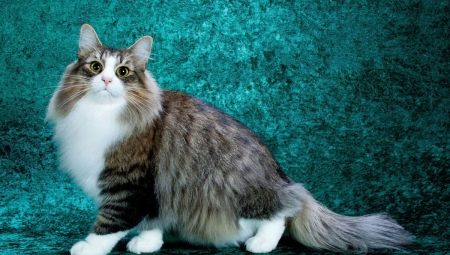
A chic fur coat worthy of admiration is considered the hallmark of cats of long-haired breeds. However, in order for the breeders' favorites to look well-groomed, she will have to pay a lot of attention and time. The material in this article will introduce readers to the peculiarities of hair care for furry cats, the breeds most popular with breeders.
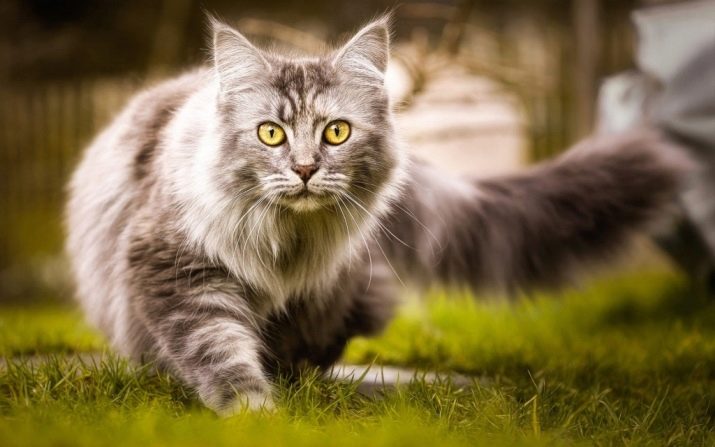
Features
Longhair cats with fluffy hair have a number of their nuances. Their fur coat is characterized by a special structure. In most cases, it is quite dense, which is why cats and cats are forced to lick off dead hair daily, which impedes the growth of a new coat. Representatives of some breeds can wear dead hair for several months.
However, attempts at self-hygiene do not allow the cat to get rid of dead hair on its own. Most of the hairs are deposited in her stomach. Therefore, the owner must provide the pet with sprouted wheat shoots or other grass, which will provoke belching of a hair coma. One of the breeders uses a special malt paste for this purpose.
It is more difficult for long-haired fluffy cats to keep a beautiful fur coat: in most cases, their hair is prone to the formation of tangles. The problem can be complicated not only by untimely combing of hairs, but even by irregular use of a comb.
Some representatives of furry dogs are able to spoil their fur coat with just a walk, hanging thorns and other clinging garbage on it. It is extremely difficult to care for such a coat, but without this coat will grow dull and shaggy.
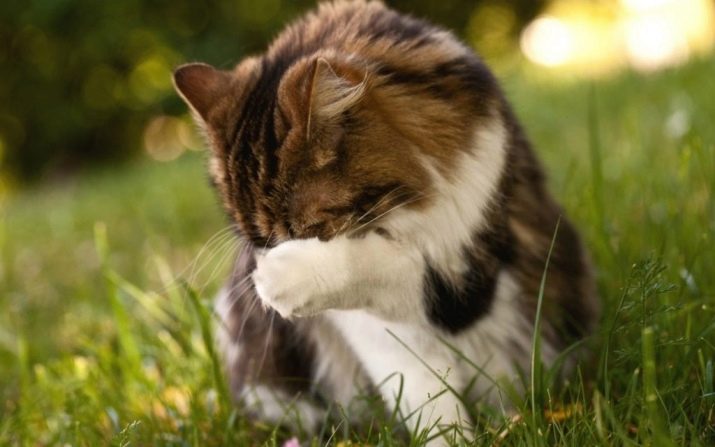
Some breeds of fluffy cats are characterized by year-round molting. If dead hairs are not removed from such a fur coat in time, pets run the risk of eating their fur until their intestines become clogged. In other cats, grooming is complicated by individual characteristics. For example, a hair of a darker shade grows in one of the breeds after shearing, which can lead to disqualification of an individual attending an exhibition.
Another feature of fluffy cats is the high likelihood of an allergy to which they expose all members of the family where they live. During the molting period, it covers literally all the things of the home, which forces the owner to take certain measures to reduce it. Moreover, if ordinary cats during molting, it is enough to comb the hair twice a week. Such pussies will have to remove it every day, not forgetting to pay special attention to the hairs between the toes and at the base of the ears. Otherwise, the nuances of care will be subject to a particular breed of representative of the cat family.
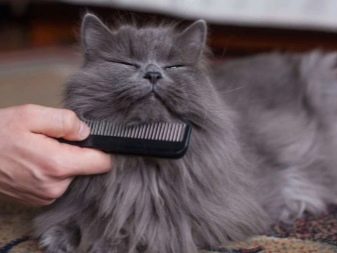
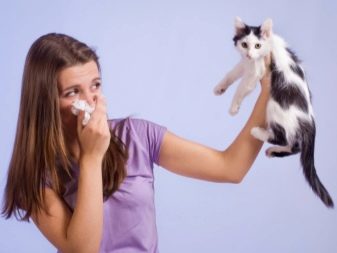
Advantages and disadvantages
The dense and fluffy coat of cats has many advantages, although it is not without drawbacks. For example, like all cats, these pets are generators of peace, which they generously share with their owners and all household members.
Few people know that with close contact of cats with babies in infants, their predisposition to persistent infectious diseases decreases. A cat purr calms the owners, which makes them less likely to have a heart attack.
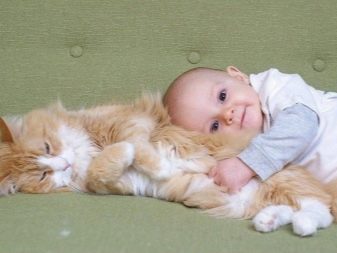
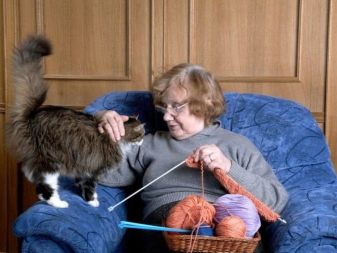
Thick hair contributes to the resistance of animals to cold, but in the summer it can become a real problem. If at the same time the breeder neglects the rules of basic hygiene for his pet, cats have a risk of skin diseases. However, caring for a fur coat is not so simple: if you don’t know its basic nuances, the cat’s appearance becomes untidy. To maintain aesthetic appeal, you will need to acquire various devices besides a comb.

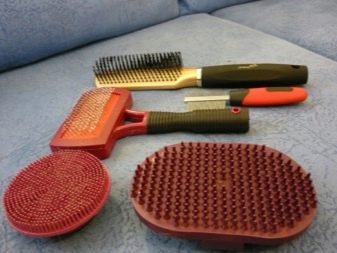
In some representatives of the cat family, a beautiful fur coat is prone to burnout, and therefore the owner must ensure that the pet does not fall under the rays of the scorching sun. The downside of fluffy cats is the resistance with which individual individuals relate to the combing procedure. At the same time, for individual cats, the hairs are so eaten into clothes and furniture that removing them from there is a long and laborious affair.
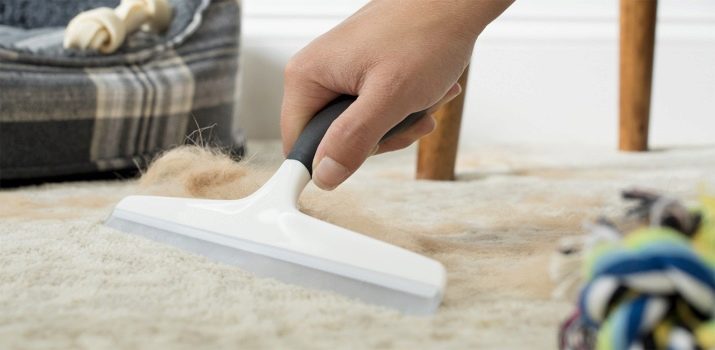
Difficulties in caring for pets with very long hair will also consist in the fact that pets walking on the street often literally sweep the ground with their fur coat. Besides the fact that dirt is deposited on the wool, it becomes an excellent elevator for small parasites seeking to feast on cat's blood. It is problematic to remove fleas and ticks from such wool. As for ticks, their breeder will see only when they increase in size.
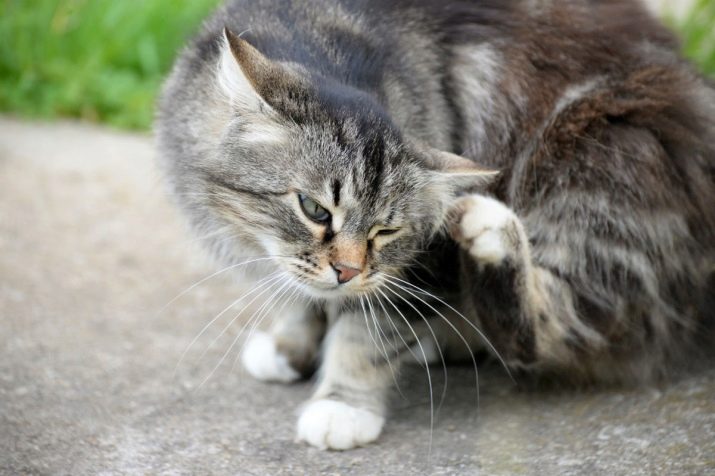
However, the situation with fleas is more complicated: not all drugs from them are effective, and besides getting rid of fleas, they burn up wool. And this leads to a deterioration in its structure, loss of individual hairs and loss of silkiness.
The worst part is that fluffy cats to get rid of fleas are not enough to use a special antiparasitic drug once.
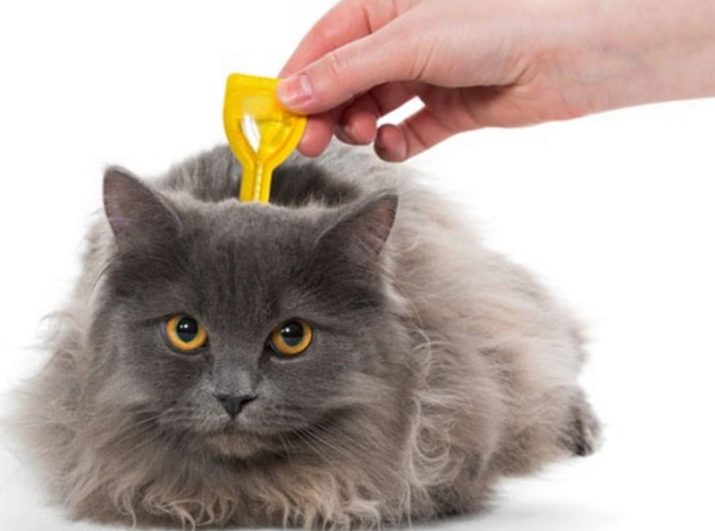
Popular breeds
To the cats that are loved by the breeders, endowed with fluffy and long hair, several varieties of cat breeds can be attributed, for example:
- American Curl;
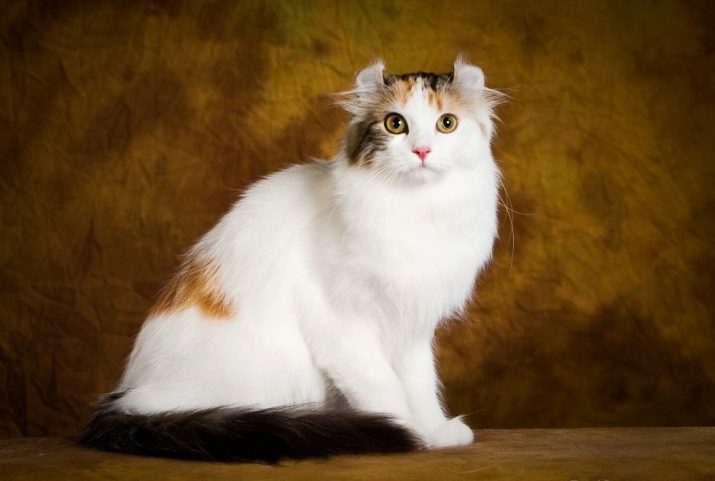
- Turkish Angora;
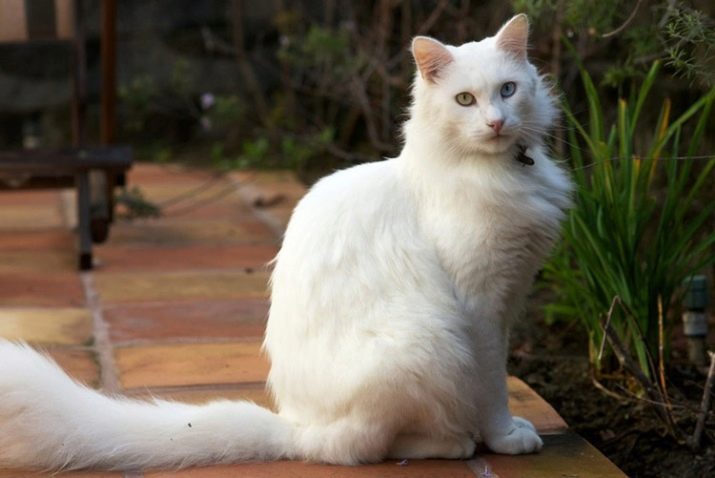
- Norwegian Forest Cat;

- Maine Coon;
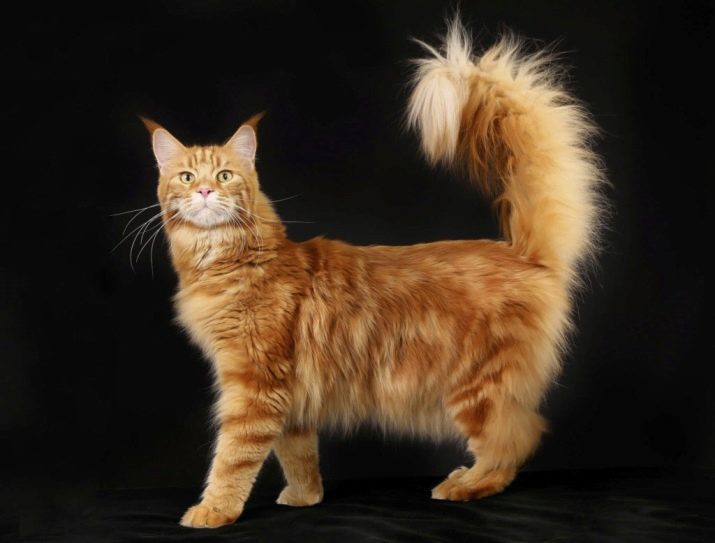
- Persian
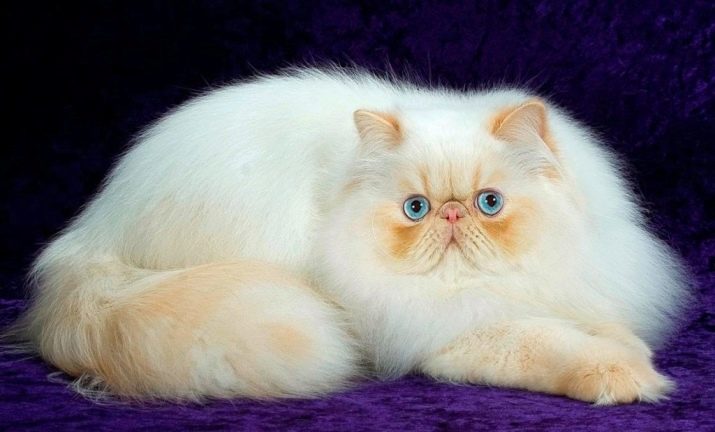
- Himalayan
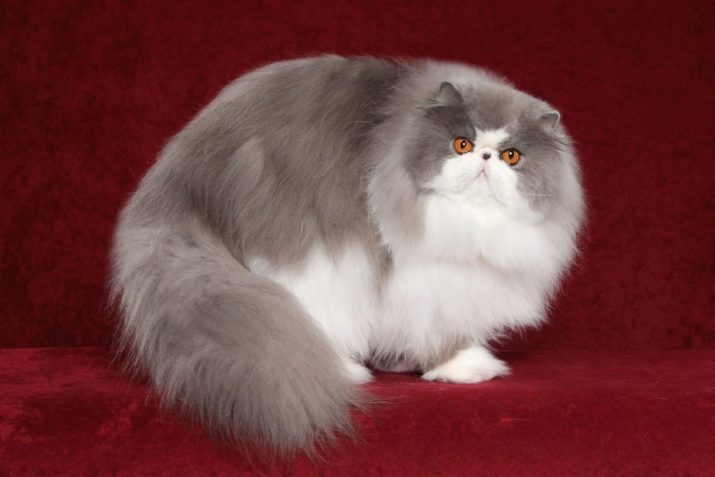
- Neva Masquerade;
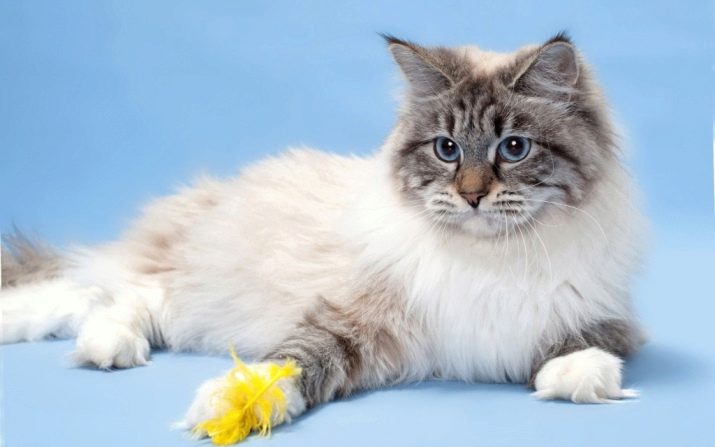
- Balinese
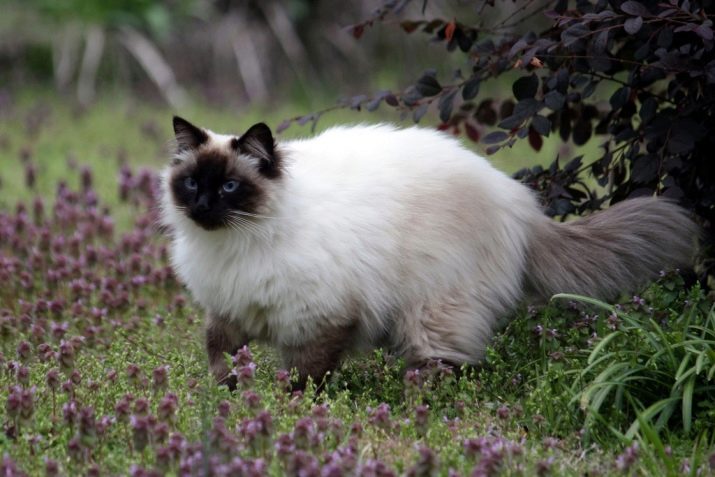
- ragdoll;
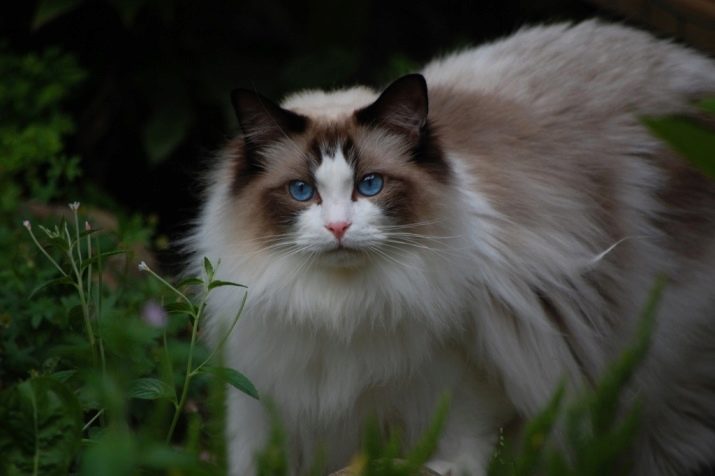
- Siberian.

Each type of pet has its own characteristics. For example, the American curl is outwardly different from many furry brethren in the inversion of elven ears. Moreover, these kittens with straight ears are born, and ears begin to wrap up only after a week from the moment of birth.The fur coat of the Curl is residually dense and silky, it has no undercoat and is pleasant to the touch. The tail of the cat is very fluffy, its length is comparable to the length of the body.
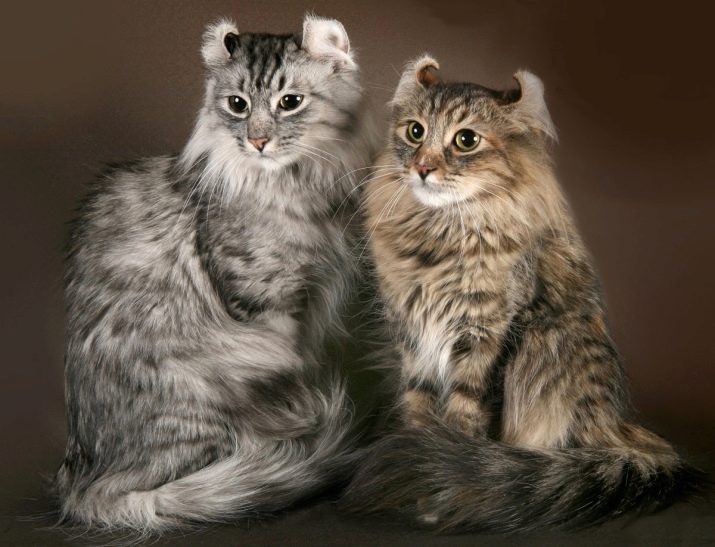
Turkish Angora often has a white color, its wool is not inferior in fluffy to an American curl. At the same time, the representative of this breed boasts a special wool structure. With its high density, it is incredibly soft and soft to the touch, without any hint of rigidity. A long coat does not prevent the animal from being active and nimble.
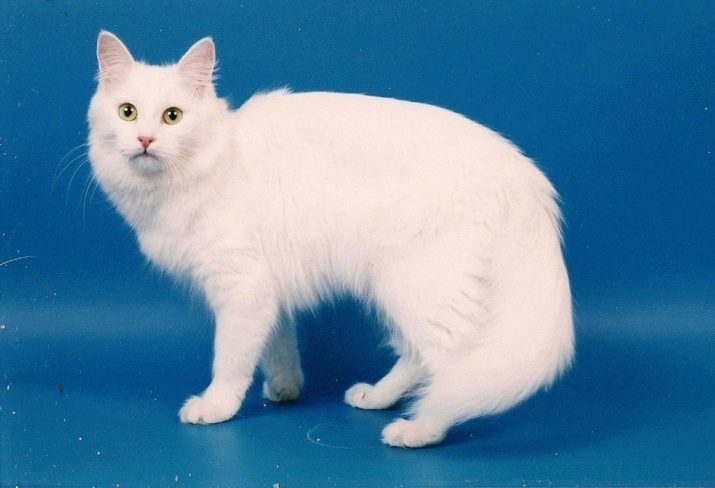
Norwegians have thick and long hair, which is located around the paw pads. The length of the tail corresponds to the length of the body, the coat on it is long and thick. The fur coat has a dense undercoat, the length of which is different on different parts of the body.
Thanks to the undercoat, these cats are not afraid of water, it does not get on the skin at all.
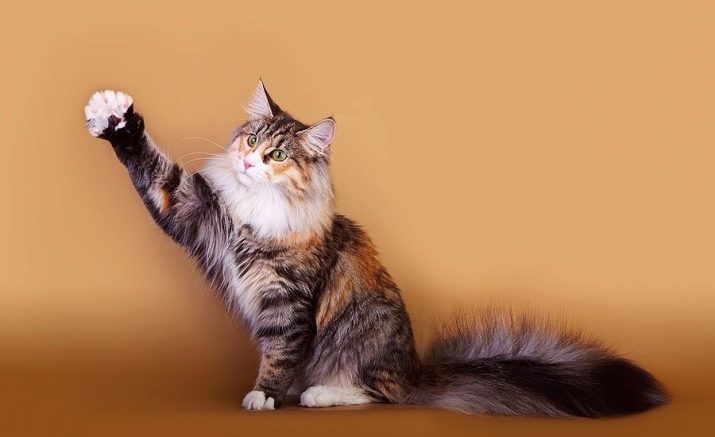
Maine Coon, or domestic lynx, has tassels on the ears, as well as a rich cover that gives the cat an impressive size. In addition to the huge fluffy tail, these long-haired cats have a chic fur collar. Despite the density of this coat, unlike other types, it is easier to care for. She has a skeleton of hair and a thick but soft undercoat. Due to this, Maine Coon is not afraid of either cold or moisture. In females of this breed, a fur coat is softer in comparison with males.
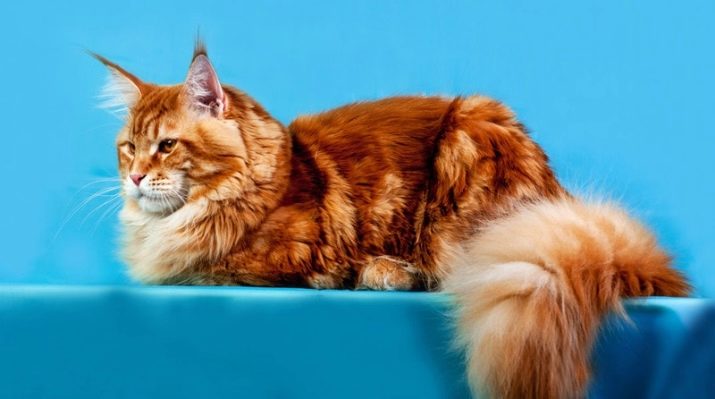
The Persian cat stands out among other brethren in the number and variety of varieties. Its hair is much longer than that of many cats of other breeds, and in some individuals it can reach 15-20 cm. It is very sociable, also clean and tends to get rid of excess hair, which without proper care rolls into coats. His hairs themselves are long and thin, when tangled, they must be cut.
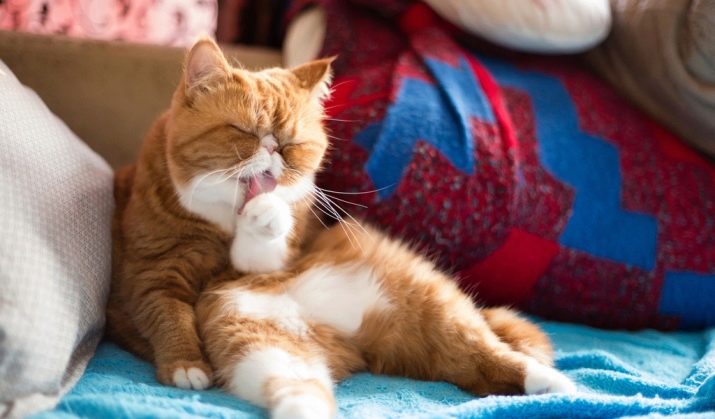
In Himalayan cats, the fur coat is voluminous, which hides the not very large dimensions of the animal itself. She has the presence of a good undercoat, characterized by its density and warmth. The fur texture in these animals is soft and delicate. The length of the coat is different: for example, longer hairs grow on the neck, which visually creates the effect of a fur scarf.
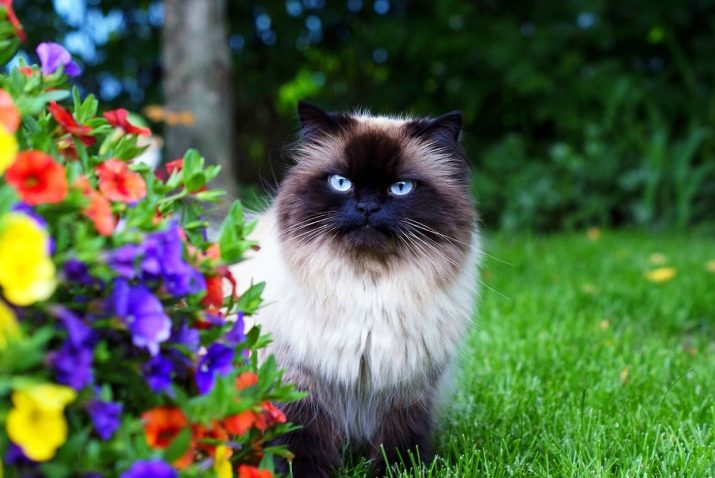
Neva Masquerade cat boasts a three-layer coat. Her coat has two different types of undercoat: it is soft on the stomach and firm on the back. The coat of these cats forms the so-called “cloak” of hard cover hair, which is explained by the aboriginal origin of the breed. At one time, this type of wool protected animals from moisture, cold, and contributed to a kind of camouflage.
The hair of these pets goes through its evolution with the growth and development of the animal, and it is the coat with its special undercoat that is responsible for the elegant appearance. Balinese belongs to the semi-long-haired fluffy cats, he has an Asian appearance. In fact, these are varieties of Siamese with a triangular-shaped muzzle and a fluffy tail.
Representatives of this breed are very talkative, have a beautiful color and require a special approach to grooming.

Ragdolls or the so-called thoroughbred "rag dolls" with blue eyes they literally hang on the hands of a person and adore this state, like any other squeeze. They have an unrealistically beautiful fur coat, a puppet appearance and a fluffy tail, these cats look like plush toys. These cats seem large only because of the length and volume of the hair, while its color can be different (except for smoky, black or red).
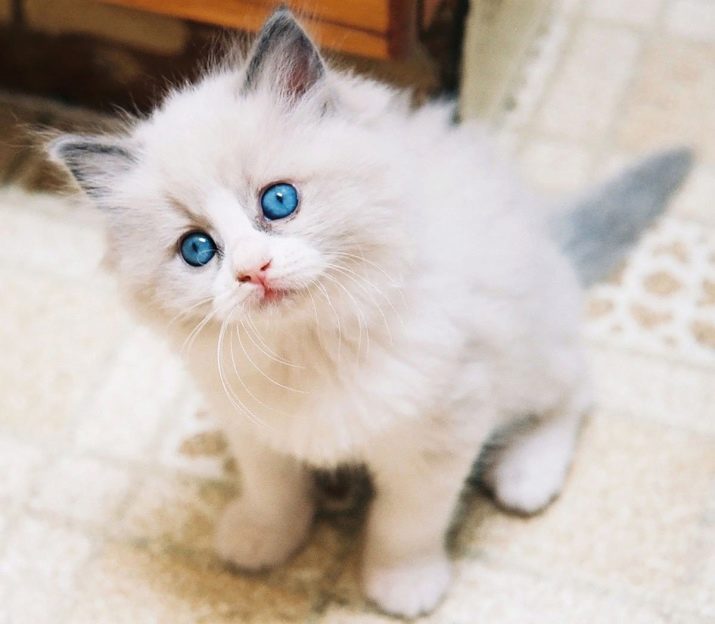
Siberian cat is characterized by a chic fluffy fur coat, which perfectly retains heat and does not allow the animal to freeze in severe cold. Unlike other fluffy brothers, the molting of these cats is not catastrophic. In addition, their fur is not so allergenic, and therefore those who are prone to allergic reactions can afford these pussies.
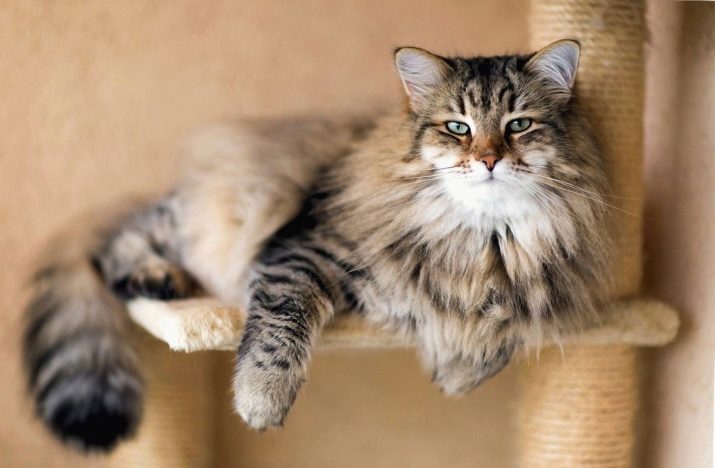
How to choose a kitten?
The choice of a kitten of a long-haired fluffy breed must be treated thoroughly. You can’t follow only emotions, you need to have an accurate idea of the nuances of a pet of a particular breed, the difficulties of maintaining and caring for hair. In addition, you need to know what you have to face when leaving, to understand that you will have to look after the baby every day, like a child. It is worth weighing the pros and cons and only then contact the breeder.
You need to buy an animal in a trusted nursery, which eliminates the likelihood of acquiring a non-purebred animal. At the same time, it is important to pay attention to babies with the right tread, the makings of socialization. It is important to look closely at the behavior of the kitten: it should be moderately curious, developed, not lazy, not overfed.
To make sure thoroughbredness, it is necessary to require the seller's documents for the kitten (pedigree and veterinary passport).
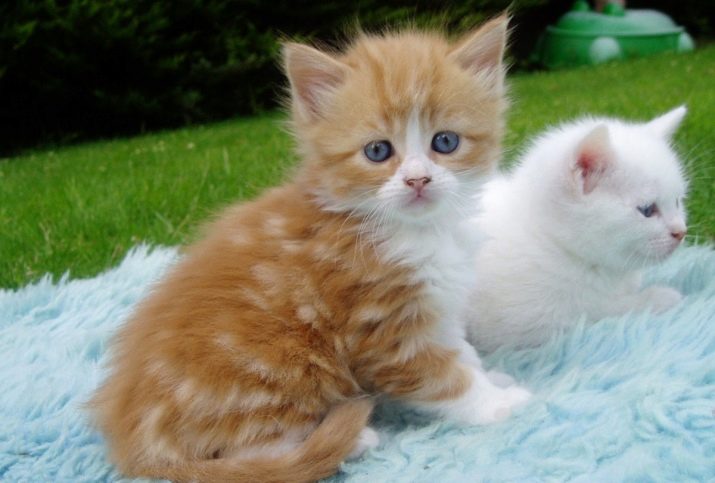
The more the kitten has ancestors, the better. If the seller leads social networks, you can look at the frequency of mating cats. If kittens are born too often, this indicates that the breeder uses the cat as an incubator. As a rule, often giving birth to cats do not give healthy offspring due to the fact that their body cannot recover before the next pregnancy.
You can not take a kitten up to 2-3 months. It was at this time that he needed the first socialization, communication with brothers and sisters, accustoming to the tray, training in building relationships, the first games. You need to take the baby after vaccination. If the buyer doubts the breeder, you can go to the nursery together with a specialist who will carefully examine the kitten, evaluate the conditions of its maintenance, the condition of the cavity of the mouth, and a fur coat.
In addition, it is the specialist who can give an independent assessment of the health status of the pet.
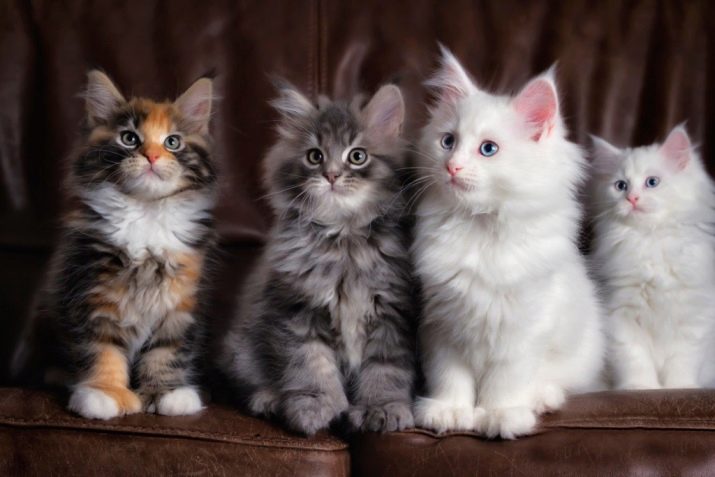
How to care?
Despite the desire of a separate category of newly-minted breeders for perfect cleanliness, bathing a kitten, and an adult cat too often is not recommended. Some of the pets need drying after washing, others are not at all afraid of drafts, preferring to dry naturally after wiping with a towel. However, experts recommend not to allow the accumulation of dirt: dust, dirt and clumping coat are signs that a cat needs to be bathed urgently.
At the same time, different types of animal shampoos can be used to cleanse the coat. They can be traditional, involving baths, as well as dry. The second options are distinguished by the absence of the need for soaking and washing off the product. After applying and processing the fur coat, it is removed with special napkins. These products are good for pets who are afraid of water.
As for individual pussies, they surprisingly often adore frolic in the water. Some individuals can even swim, splash in it, study it, which is why they often climb into kitchen sinks, pools, and baths. Detergents must be selected based on the length and type of structure of the coat.
You can’t try to bathe cats with shampoos that people use: these products are completely unsuitable for them and can cause the loss of furs.
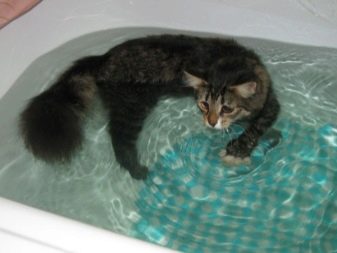
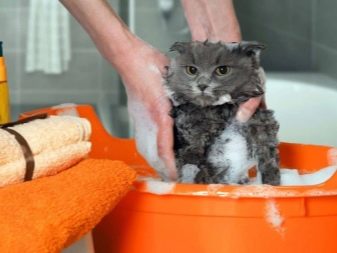
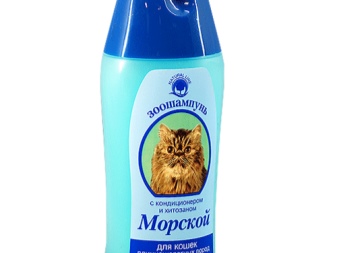
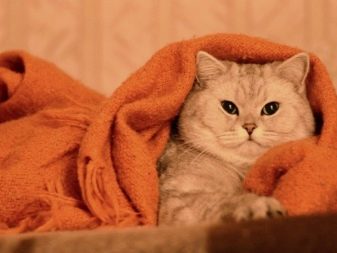
Combing dead hair is a separate issue. For proper care, the owner will have to buy a comb, pooderka and furminator. Each device is responsible for its type of work, and therefore it is useless to try to replace all three with one thing at once. Accessories for wool should be selected based on the density of the wool, the degree of its rigidity, as well as the length.
In other words, not only the length of the teeth is important, but also their frequency. With the wrong choice, the teeth of the device can dig into the cat's skin, get stuck in a fur coat, or even not give any result. A comb with a trimmer attachment is a prerequisite for the quick and painless removal of dead hair.If you choose its width and frequency correctly, the owner will be able to remove dead hairs that clog in the fur coat among the living and interfere with their growth in a short time.
However, before scratching the fur coat with a furminator, it is necessary to use a comb, paying particular attention to the areas of the abdomen, axillary hollows, neck and groin.
If the owner starts combing the hair of his pet, the fur coat can be knitted in felt. And here it is already often useless to try to bring it into an attractive aesthetic appearance: you have to cut the tines.
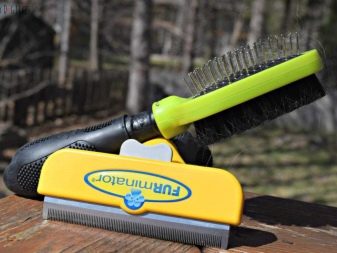
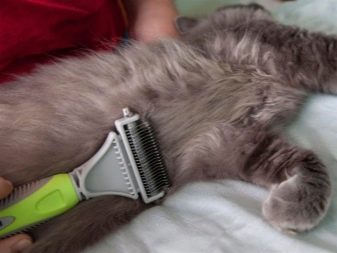
A fluffy fur coat needs to be combed out necessarily and often: with its neglect, pets often suffer from skin diseases, itching, allergies, as well as eczema. Often this leads to a state of discomfort, some representatives of fluffy rocks completely refuse food, fall into depression and become sick. During the molting period, a fur coat is given attention every day.
Cats who are prepared for exhibitions are timely taken to grooming, which consists in a set of various kinds of grooming procedures. The basis of grooming is grooming, bathing, cutting and grooming under the strict framework of a standard that is regulated for a pet of a particular breed. In addition, the groomer can include hygiene of the ears, eyes, and claws in the complex of caring procedures.
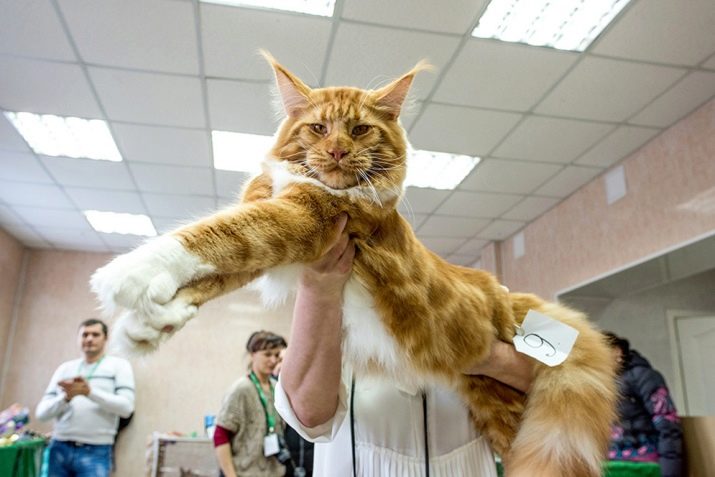
Due to the thick and long coat, special attention must be paid to the ears. Sulfur accumulations should be removed from the auricles with a damp cloth moistened with warm boiled water. You can also use a special tool to cleanse. Vibrissas should not be allowed to stick together or become contaminated.
You can’t wait for the fur coat to clump, because the skin under the tassels begins to irritate. When handling ears or eyes, you must also be careful. If the doctor has prescribed treatment and the owner had to treat the pet with a drug, you need to do this without spilling the medicine over the entire coat.
If the pet can reach the lesion and lick it, this can create a new problem.
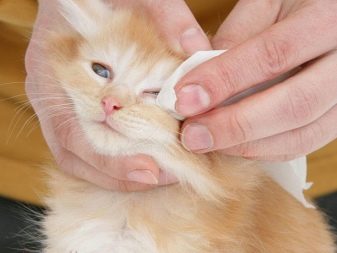

As for the care of kittens with very long hair, in the first year of life, hygiene training is a key criterion for their education. A kitten should not get used to walking dirty either after a street walk or after a toilet. Firstly, hygiene will allow him to feel uncomfortable with contamination, and secondly, he will not carry filler or residues of urine (feces) around the house. The sides of the first tray should be low, preferably inclined, it is better that the tray has a removable frame.
If food debris gets clogged in the wool, it can also cause the appearance of woolen lumps. In especially fluffy long-haired cats, this can be a real problem. In order not to torment the pet with frequent bathing, you can purchase a dry zoo shampoo and remove such troubles locally, using special napkins.
It is necessary to take into account the degree of cleanliness of the dwelling itself: most fluffy kittens are naturally curious. Therefore, in their studies, they will pick up all the dust from the floor, which immediately settles in the wool. House cleaning should be thorough and regular.
In order to somehow save the upholstery and other things, you do not need to teach a kitten to a master's bed from childhood. If the baby from its young claws understands its place, the owner’s trouble will decrease.
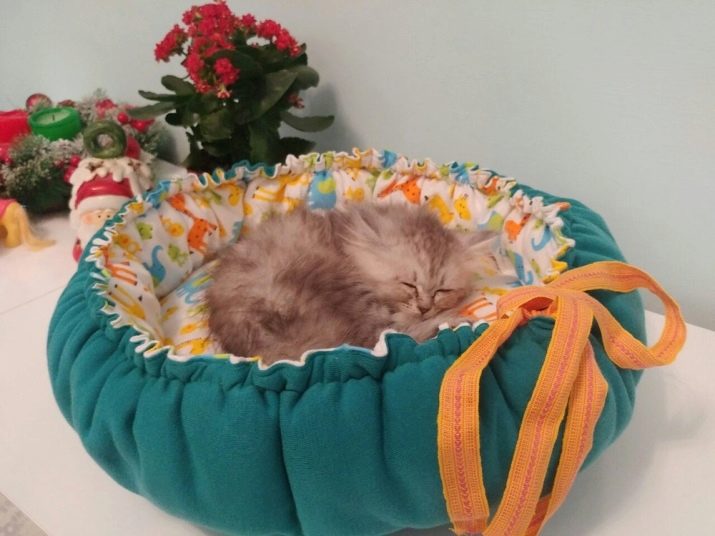
How and what to feed?
The fur coat of a cat is a kind of indicator of health. If the cat receives a full and balanced diet, its coat will shine. In addition to the necessary vitamins, the animal should receive micronutrients with food. In addition, fiber should be in the diet, due to the tendency of furry cats to form trichobesoaras, because of which intestinal obstruction may occur.
You can feed your pet with natural food or industrial food. When choosing a natural "table" in the cat's menu should be lean meat. Moreover, it can be not only raw, but also boiled.It can be chicken, turkey, beef.
If the animal is fed raw meat, before giving it to the pet, the product is frozen in the freezer for several days in order to destroy extraneous organisms.
In addition, pussies need cottage cheese and kefir, eggs, as well as cereals (for example, rice and buckwheat). Stuffing cats is not suitable for food: it quickly passes through the intestines, while the cat does not have time to feel full from food.
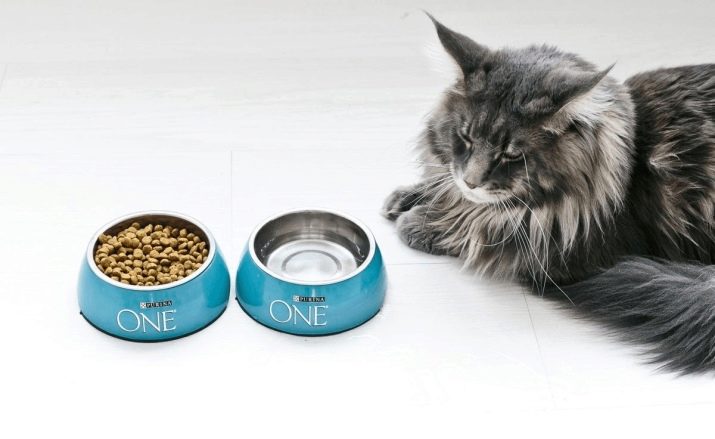
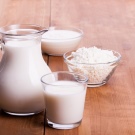
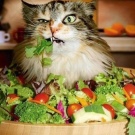
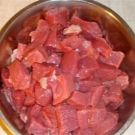

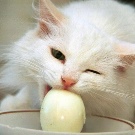
When choosing industrial feed, it is worth giving preference to premium-class products, since ordinary cheap feed is not only useless for the animal, but can also upset its digestive system. Owners buy fluffy cats special dry food with vitamins for wool. At the same time, regardless of the appetite, the pet should not be given more food than it should be by its weight. This will increase pressure on the joints and internal organs, causing liver problems.
Be sure the animal must have a special grass. Through it, the cat will be able to get rid of the accumulating wool in the body. When buying feed, you need to look at its composition: as a rule, the content of ingredients is indicated in it in decreasing order of quantity. You need to take the food in which meat comes first, moreover, the labeling should clearly indicate which meat is part of the product.
For example, it can be rabbit meat, beef, lamb, but not meat flour. If “offal” is written on the package, the composition includes hooves or leather crushed into flour. The composition of the feed should include cereals (for example, rice or ground corn). They are perfectly absorbed by the cat's body and help cleanse the stomach of hair.
Do not take fluffy food with preservatives or artificial colors.
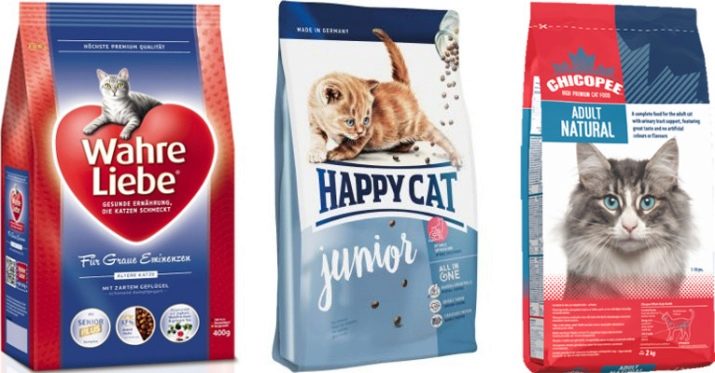
If the diet is observed, wet industrial food can be added to the diet. Its advantages are the dosage that prevents obesity, as well as the presence of the required amount of protein that saturates the pet. Regardless of the breed of a fluffy handsome man, he can not be fed with industrial dog food. Such food is not suitable for them due to the different needs for protein.
In no case should you feed a fluffy cat with food from your table. This is especially true of smoked meats and sausages, as well as legumes that provoke bloating. Fatty foods are harmful to cats, like chocolate, alcohol, which in rare cases, breeders give jokes to their pets. Bad food affects not only health, but also the condition of the coat. In such cases, this fur coat becomes untidy, rough, it loses its luster and silkiness.
The most furry cats in the world in the next video.

































